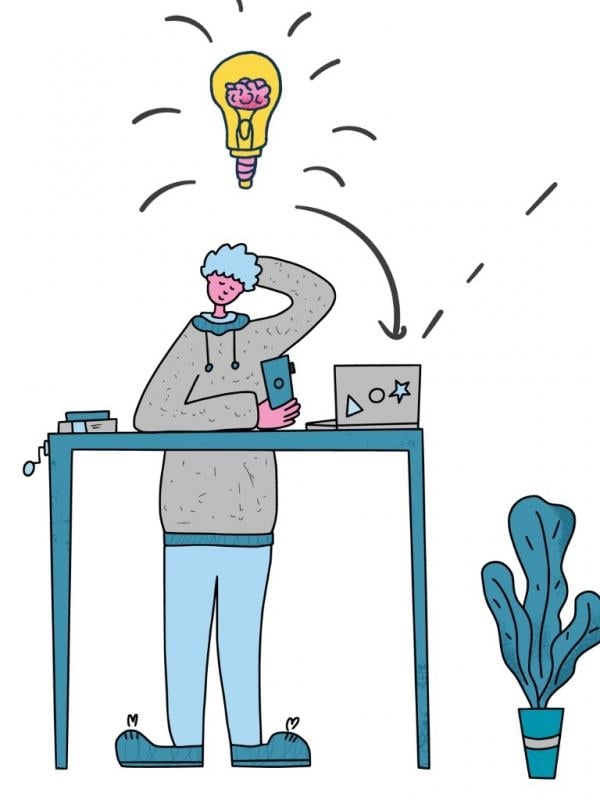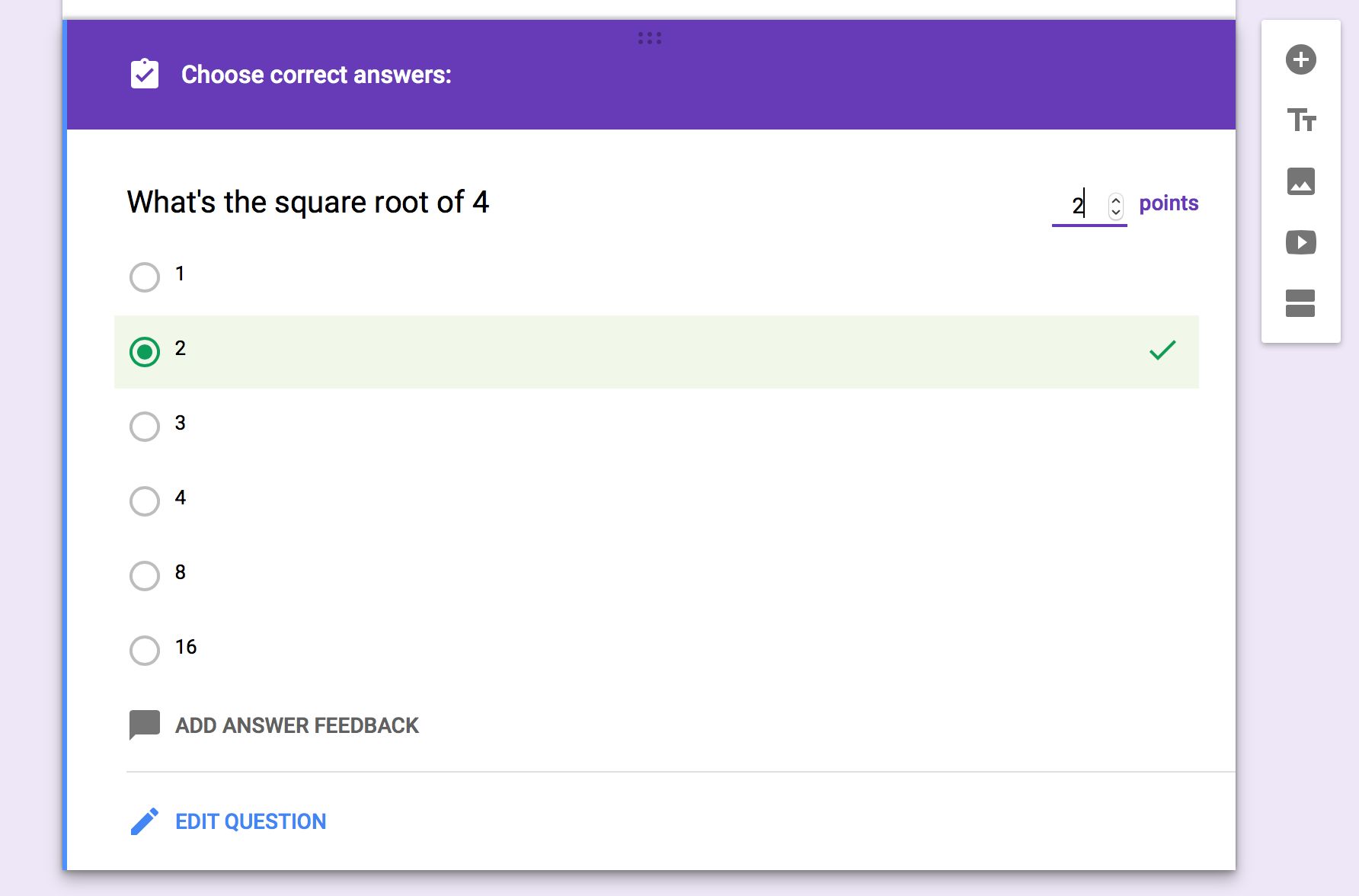
Let me warn you at the very outset that you may feel that the issues that I discuss here are of the first world; a majority of the children in India – especially rural India – do not even have access to a computer and internet. There is no escaping the fact that there is a digital divide – one that needs to be bridged as early as possible, if there has to be equal access to education for all. But here I speak of the privileged who have all the wherewithal and thus have not been deprived of learning during the pandemic. Though learning has shifted to the virtual world, it is not all hunky dory out there. There are many challenges here as well. If online learning has to be developed as a holistic and workable alternative to formal school education, we still have a long way to go.
When it comes to school education, learning is not just for fun or acquiring knowledge in the Utopian sense. Both the student and the teacher ultimately want to know how successful they have been. The teacher would want to know whether he or she has been able to get across concepts effectively and if the students have really concentrated and been sincere. The student too wants to know where he or she stands as far as any topic/subject goes because the ultimate goal is to pass an examination with flying colours. It is here perhaps that the limitations of online learning start manifesting themselves.

Having been an observant parent during many of the online schooling sessions that my children attend daily, I have noted that the teacher’s struggle begins with ensuring that the children are neatly dressed and presentable before the camera. With online sessions beginning later than regular school would have begun, the children get up late in the morning and rush through ablutions. Many perhaps do not even freshen up.

Children take to technology like a duck takes to water. They explore various features of the online learning platform which actually have no relevance for them. Examples of this could be setting a virtual background or private chatting. As a result, their focus is elsewhere. It is here that parents have a major role to play. Parents have to discreetly take note of what the child is actually doing during an online session.
Another challenge is to get the reticent children to participate in class discussions. While this is easier in a typical classroom setting, it is a herculean task in an online class. I have in fact heard a teacher asking one of the quieter children – “are you alive“? Such questions leave a very bad taste in the mouth. There should be a more positive way of getting such children to open up.

The biggest predicament of course is the manner in which the child’s performance should be evaluated/tested. When we started off with online learning, neither the schools nor the parents were prepared for the long haul. We believed that this was just a temporary measure. Now it appears that the entire academic year will pass without students physically going to school. Thus, testing the children to assess their understanding has become imperative. It is here that sincerity of both – the students and the parents – plays a big role. The resilience of the teachers is also a significant factor.

Teachers sometimes become extremely pedantic because they feel that the students are taking the help of their parents while doing the test. Thus, there are instructions of different kinds during the tests. These range from keeping the video and audio on at all times to changing the angle of the desktop/laptop monitor so that the child’s paper can be seen by the teacher on the screen. Some teachers create google docs so that the need to upload is done away with and the results are available instantly. However, such docs can be used only where objective questions can be set and not where the answers are subjective. e.g. an essay.

Teachers who suspect that the students and their parents are hand in glove during the tests also resort to not setting a typed question paper and instead they just dictate the questions. The children are expected to remember and write the answers. The story does not end here. The last straw on the camel’s back is scanning and uploading the answer sheet. The teachers insist that the response sheet be scanned and uploaded immediately. Unless this is done, the student cannot exit the online class. This becomes quite traumatic for children, especially those who are still in primary or middle school, as they are not able to do this singly. There is no assurance that an educated adult, well-versed in technology will always be available at home to scan and upload. The teachers insist that the students should learn to scan and upload their work independently. But isn’t this asking for too much? Also, is it safe for children to be exposed to so much of the virtual world at such a tender age?
It is these questions for which there are no answers in black and white. There is no doubt that the responsibility of the parents increases manifold in online learning. They must overcome the temptation of helping their children in assessments. There are times when the child gets the answer sheet to the parent to scan and upload and as you just glance at the answer sheet, you find careless mistakes or even blunders. It is important that your face is deadpan and you just scan and upload what the child has got, without bothering to read it intently. It is not wrong to say that the self restraint and integrity of the parent are being tested along with the child’s level of preparation and depth of knowledge.
As regards teachers, over time, I am sure the teachers would understand who the sincere students and parents are. There should thus be an attempt to get in touch with the insincere ones and counsel them and if need be, even warn them. Examinations and tests with subjective questions are essential at the school stage and cannot be done away with. Patience, a discerning eye and honesty, thus, are the only virtues that can help the online schooling model thrive. All the stakeholders – the students, parents and teachers – will have to work together to create an atmosphere of trust.


